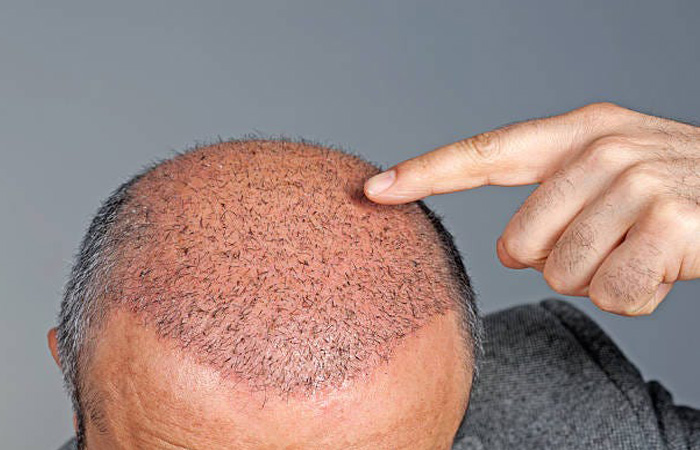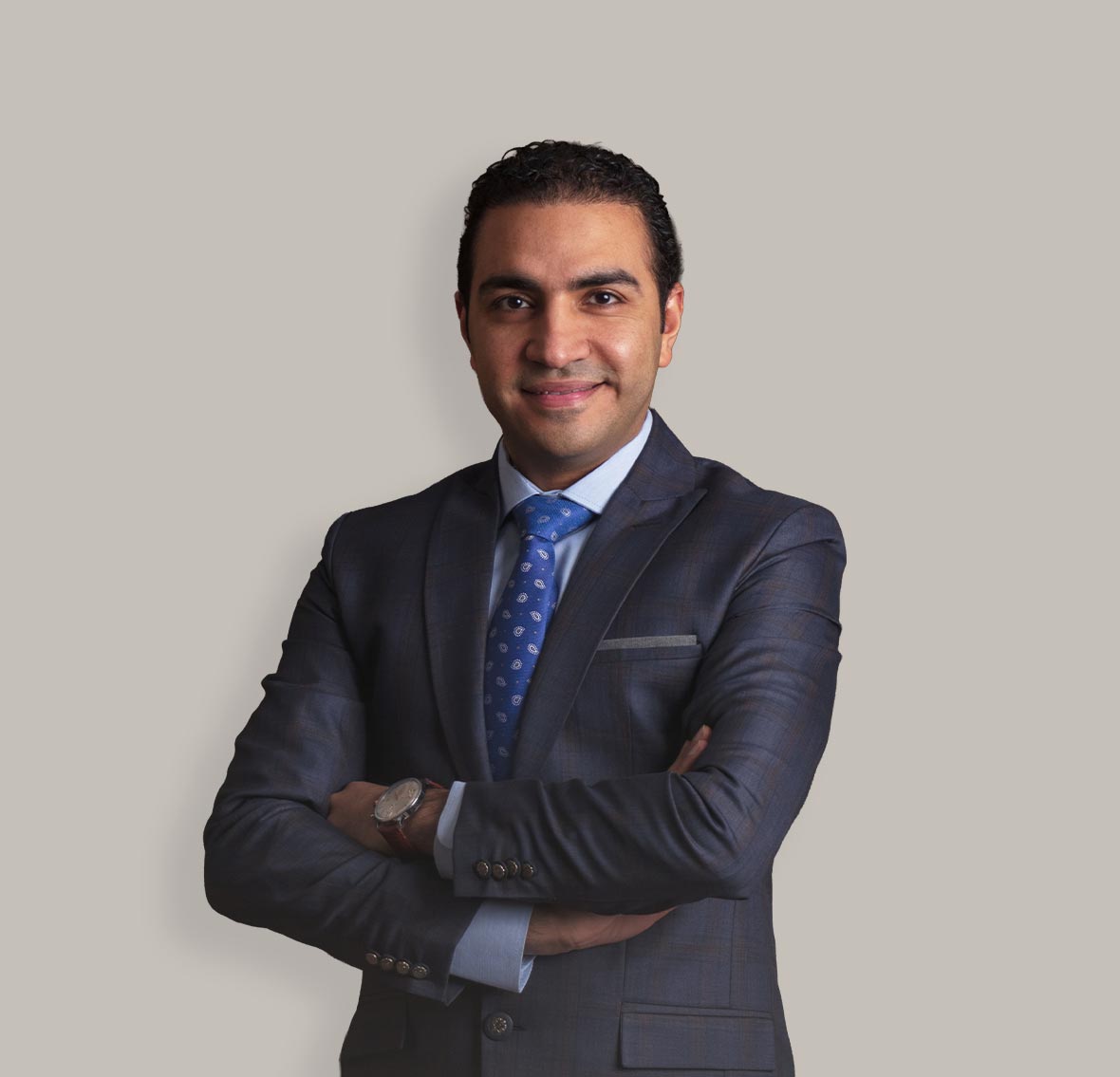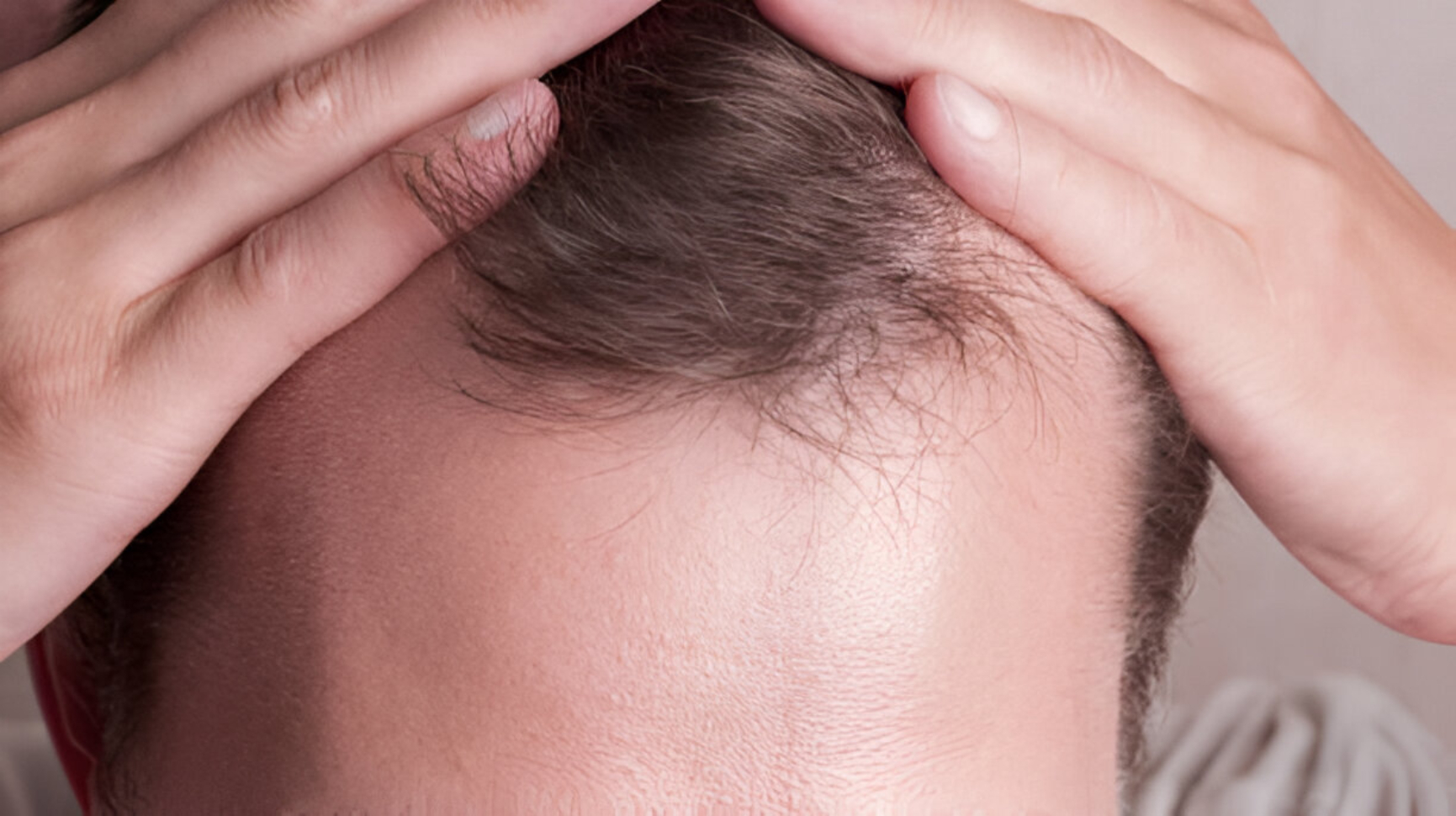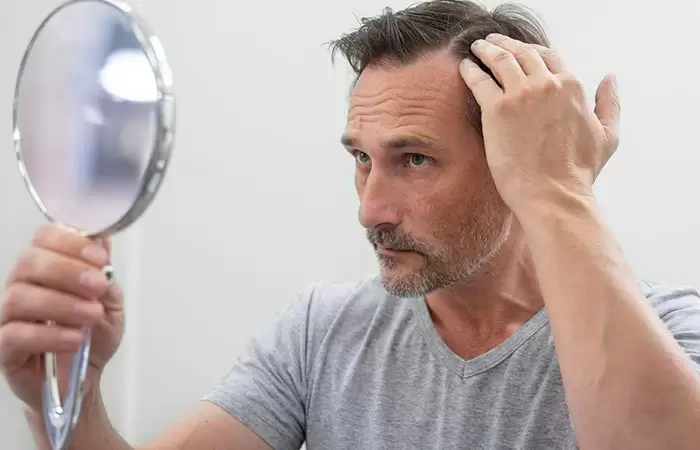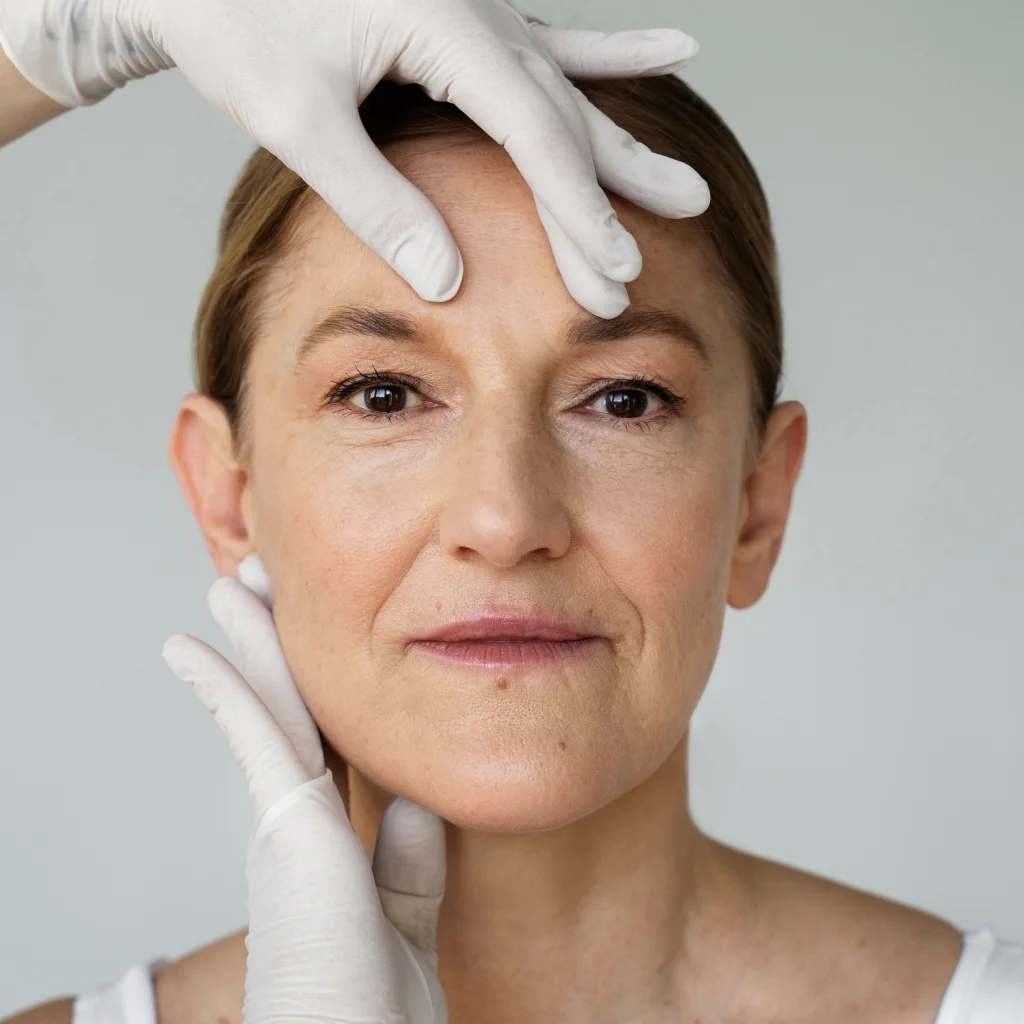Hair transplant and other cosmetic or medical procedures may involve certain side effects. While short-term issues such as swelling are expected after a hair transplant, many patients wonder: What are the hair transplant side effects and risks in short- and long-term? And more importantly, can a hair transplant cause cancer?
Short-Term Hair Transplant Side effects and disadvantages
-
Prolonged Recovery Period
A hair transplant typically requires a recovery period ranging from several days to a few weeks. This is particularly true for the strip method (FUT), which may cause discomfort or tightness in the donor area. Patients may need to take time off work or avoid strenuous activities during recovery.
-
Relatively High Cost
Hair transplant procedures can be relatively expensive, especially with modern techniques such as DHI (Direct Hair Implantation) or the Sapphire FUE method. Moreover, since hair transplantation is considered a cosmetic procedure, it is usually not covered by health insurance.
-
Temporary Hair Shedding (Shock Loss)
Following the surgery, transplanted hair may shed within 2–4 weeks due to follicular shock. This can cause psychological distress for patients unfamiliar with this normal and temporary phase.
-
Post-Operative Side Effects
Common post-surgical effects include swelling, redness, pain, or inflammation in either the donor or recipient areas. In rare cases, infection or bleeding may occur, requiring medical attention.
-
Allergic Reactions
Some individuals may experience allergic responses to local anesthesia or other substances used during the procedure. Though rare, such reactions may cause irritation or complications that require medical intervention.
-
Limited Donor Area
Successful transplantation depends on having a sufficient number of healthy follicles in the donor site. Patients with limited donor areas may not achieve complete coverage, leading to unsatisfactory results, especially in cases of extensive baldness.
-
Need for Ongoing Care and Maintenance
While transplanted hair is permanent, the surrounding natural hair may continue to thin due to genetic hair loss. This often necessitates maintenance treatments such as minoxidil or finasteride to preserve overall density.
Hair Transplant side effects in long-term
Before undergoing the procedure, it is important to understand the potential long-term drawbacks, which may include:
Unnatural Hair Appearance
An inexperienced surgeon may produce unsatisfactory results, such as an unnatural hairline or uneven hair density. Selecting a qualified and experienced specialist is essential to achieving natural-looking outcomes.
Scarring After Hair Transplant
Scarring is a common concern, especially with strip (FUT) procedures. While scars often fade over time and are hidden by surrounding hair, poorly closed wounds can leave visible marks. With advances in techniques, FUE (Follicular Unit Extraction) has largely replaced FUT, as it yields minimal or no visible scarring.
Incorrect Hair Growth Direction
In some cases, transplanted hair may grow in the wrong direction, which can compromise the aesthetic result. Additionally, continued hair shedding may occur if follicles are damaged or if postoperative instructions are not properly followed.
Does Hair Transplant Cause Cancer?
One of the most frequently asked questions is: Does hair transplantation increase the risk of cancer over time? Scientific research and clinical studies have not found any link between hair transplants and cancer. The procedure is completely safe when performed in a sterile medical environment by a qualified and experienced surgeon. Under proper conditions, the risk of serious complications is virtually zero.
Tips to Minimize Hair Transplant Risks
To reduce the likelihood of complications or unsatisfactory results, patients are advised to:
- Choose a certified and experienced surgeon with a proven success record.
- Select an accredited clinic that adheres to strict hygiene and quality standards.
- Discuss expectations openly with the surgeon before the procedure.
- Undergo necessary preoperative testing to rule out allergies or contraindications.
- Follow all postoperative care instructions carefully, including gentle scalp washing and sun protection.
- Be patient—results take time, and temporary hair shedding is normal.
- Maintain good overall health through a balanced diet and adequate hydration.
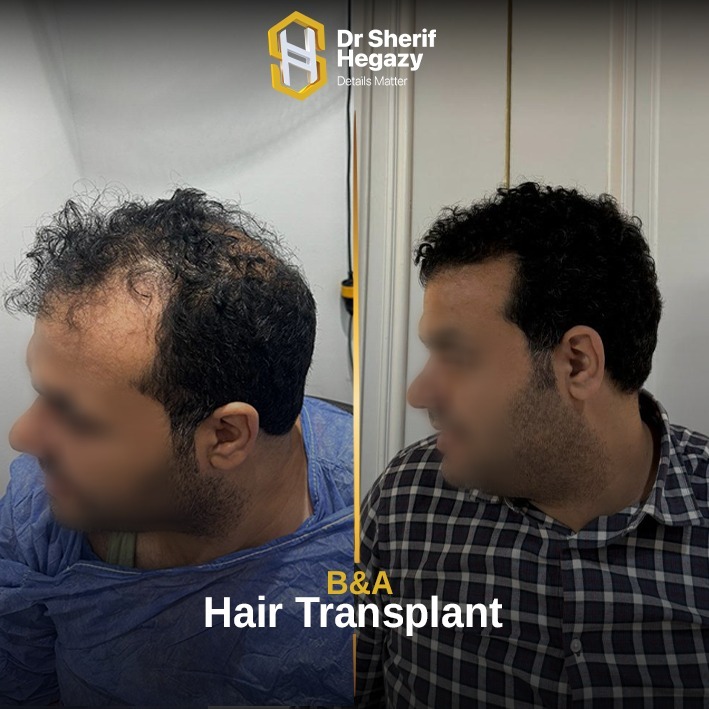
Final Thoughts
Understanding both the short- and long-term risks of hair transplantation helps ensure realistic expectations and optimal outcomes. The choice of surgeon remains the single most critical factor for success. Selecting a qualified specialist not only minimizes complications but also guarantees natural and lasting results.

